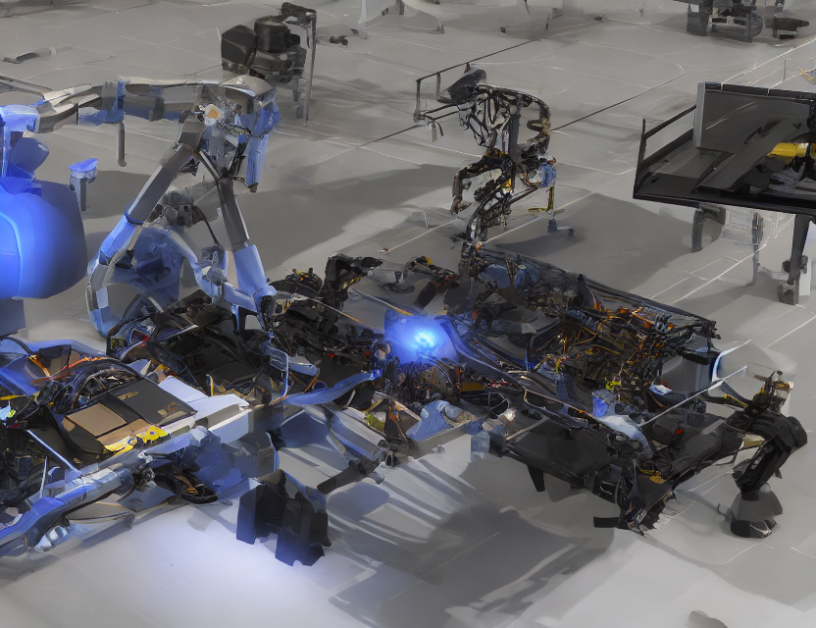Digital twin technology has revolutionized various industries, including data centers. By creating a virtual replica of a physical system, maintenance teams can simulate and predict potential failures before they occur. This article focuses on the integration of digital twin and virtual reality (VR) in robotics systems. We will explore how these technologies are transforming maintenance practices and improving efficiency.
Digital Twin
A digital twin is a virtual replica of a physical system, such as a data center. It includes all the components, including hardware, software, and infrastructure. By simulating the behavior of these systems, maintenance teams can identify potential failures before they occur. Digital twins provide a cost-effective way to test new scenarios, reducing the need for physical prototypes and minimizing downtime.
Virtual Reality
VR is a computer-generated simulation of an environment that mimics real-life situations. In data center maintenance, VR can be used to simulate complex procedures, such as troubleshooting or upgrading equipment. By immersing maintenance personnel in these virtual environments, they can develop their skills and gain confidence before working on live systems.
Integration of Digital Twin and VR
The integration of digital twin and VR in robotics systems provides numerous benefits. By combining the accuracy of a digital twin with the immersion of VR, maintenance teams can simulate complex procedures and predict potential failures before they occur. This integration enables faster and more efficient maintenance, reducing downtime and improving overall efficiency.
Benefits of Integration
The integration of digital twin and VR in robotics systems offers several benefits, including:
- Predictive Maintenance: By simulating potential failures in a digital twin, maintenance teams can predict when maintenance is required, reducing downtime and improving overall efficiency.
- Improved Efficiency: Virtual reality simulations allow maintenance personnel to develop their skills and gain confidence before working on live systems, reducing the time required for training and minimizing mistakes.
- Cost Reduction: Integrating digital twin and VR can reduce costs associated with physical prototypes and minimize downtime, leading to cost savings for data center operators.
- Enhanced Safety: Virtual environments provide a safer space for maintenance personnel to work in, reducing the risk of accidents and injuries.
Future Outlook
The integration of digital twin and VR in robotics systems is a rapidly evolving field with immense potential. As technology advances, we can expect to see more sophisticated virtual environments that simulate real-life scenarios with increasing accuracy. The use of digital twins and VR will become even more widespread as data centers continue to grow in complexity and size.
Conclusion
Integrating digital twin and VR in robotics systems offers numerous benefits for data center maintenance, including predictive maintenance, improved efficiency, cost reduction, and enhanced safety. As technology continues to advance, we can expect to see even more sophisticated virtual environments that simulate real-life scenarios with increasing accuracy. By leveraging these technologies, data center operators can improve their maintenance practices, reducing downtime and improving overall efficiency.



